A tax refund isn’t winning the lottery. It isn’t a gift. It’s the return of your money, money that you’ve earned that the government has been holding. At a time when you need your money to be working for you, you can’t afford to have your money do nothing, not even earn interest. Rather, your money needs to be working towards your financial freedom.
The issue with a large tax refund is that the money that has been withheld throughout the year could have been working for you all along. Rather than have it deducted, you could have been paying down debt, contributing to your emergency fund or investing it for your future. Yes, you can definitely do those same things with your tax refund. However, now you’ve missed out on the time your money was being held where it could have been earning interest or saving you money by paying off debt sooner.
While I am a firm believer in minimizing your withholdings throughout the year, I know that this shines a light on an individual’s sense of discipline. You need to make sure that you’re applying the additional funds where they need to go, which is not the retail fund or other expenses that aren’t working towards your future. Automatic transfers for both savings and investment accounts make it convenient to get your money to work for you. Another consequence of having a minimal amount withheld throughout the year is that you could owe the government come tax season. Once again, this supports the need for saving and being disciplined with your money.
You’ve put in a lot of hard work for your money. Not only should it be a means to your financial independence, it should be a tool that you can access right away. Take advantage of your money today to ensure that you get where you want to go tomorrow.
This information is not intended to be a substitute for specific individualized tax advice. We suggest that you discuss your specific tax issues with a qualified tax advisor.

